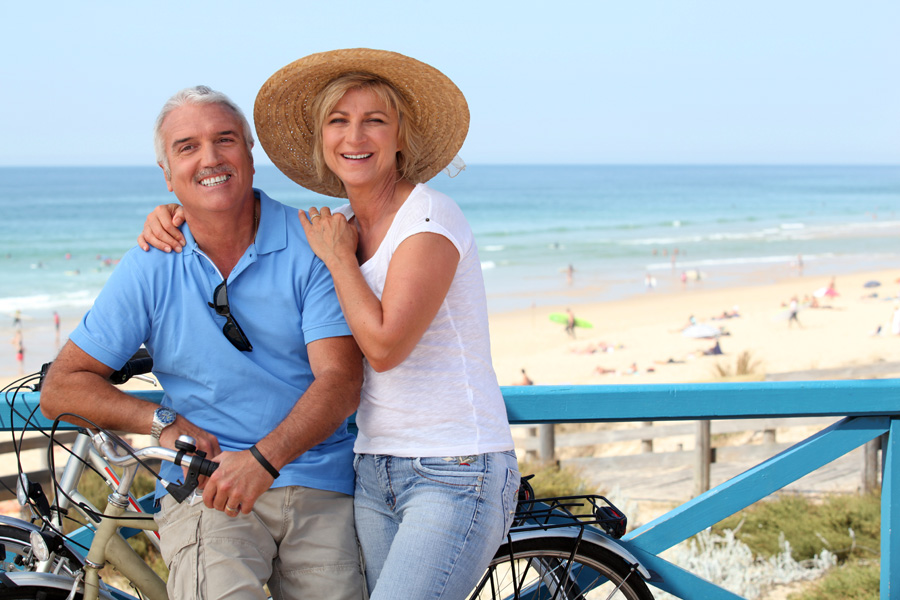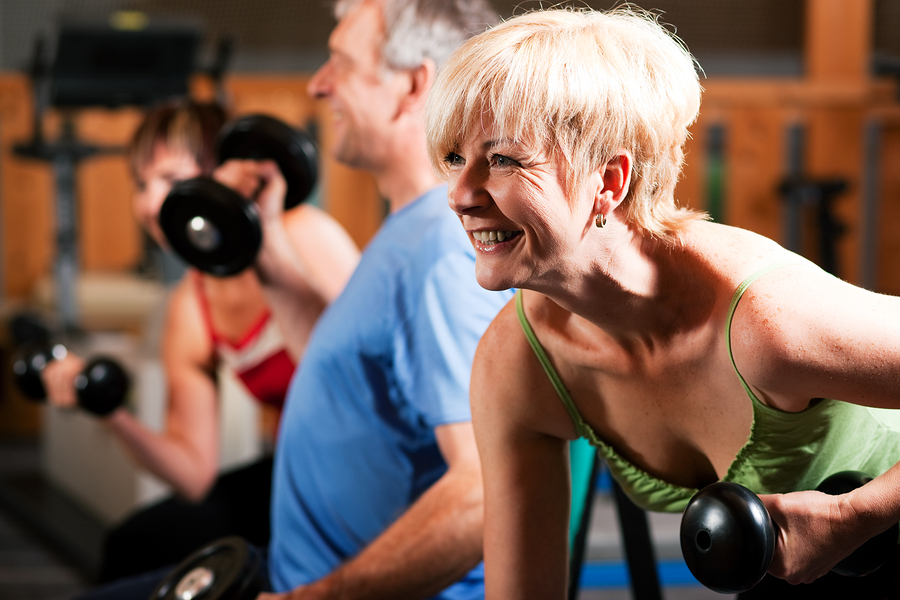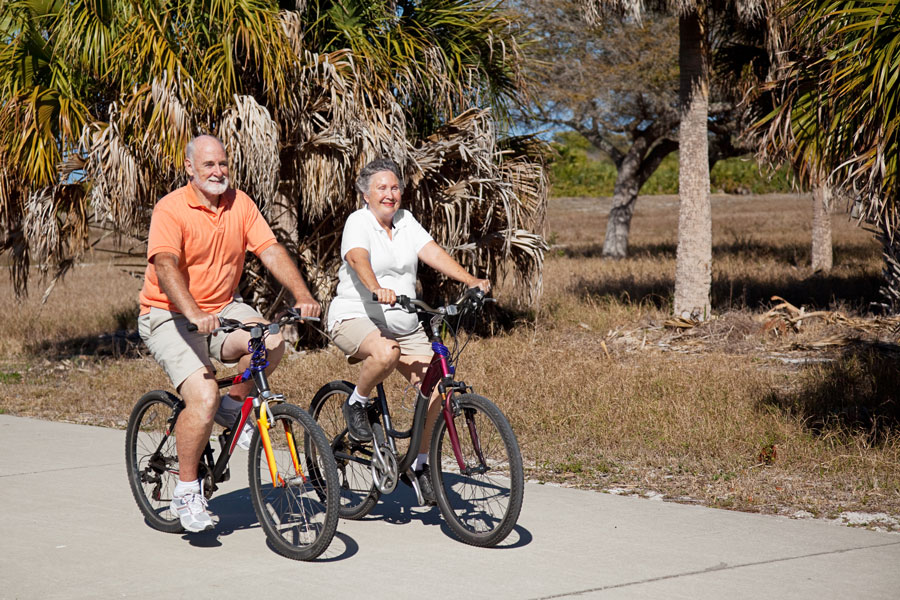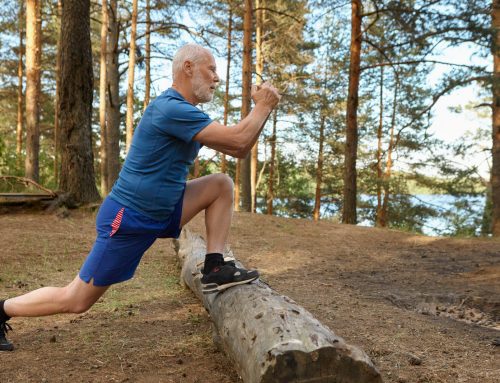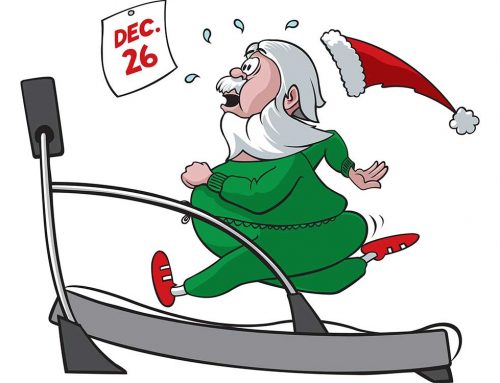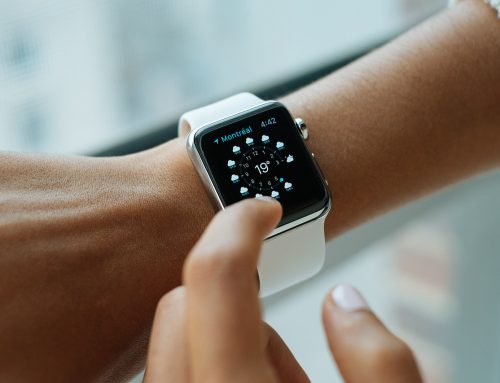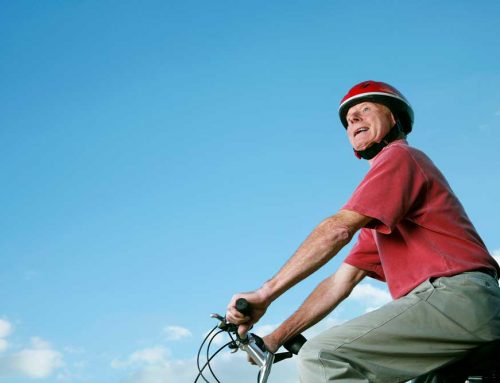As long as chocolate mint ice cream hot fudge sundaes are not health food, we should and must exercise for good and all.
As we age we lose muscle (if you don’t, I would submit that you do not own a mirror and need to go out and purchase one now).
Some studies indicate that between the ages of 30 and 50 years we lose 10% of our muscle and that loss doubles by the time we’re 60.
The news gets worse; that loss of muscle is replaced by fat and one pound of fat takes up 18% more space in our bodies than does one pound of muscle. No wonder my pants have all shrunk over the years! I want to talk about how we can stop that process and, perhaps, reverse some of it, as well as slow down the effects of ageing.
Let me be clear about something; I hate to exercise!
I would much rather sleep in, read a book, catch up on the news, chat with friends, plan what to do for vacation, etc., etc. In short, anything other than exercise.
I dream of the day that the medical industry will turn its energies to developing the once-a-day pill that will reduce my fat, increase my muscle content and tone, develop my cardio/pulmonary fitness, and make chocolate mint ice cream hot fudge sundaes a health food.
Alas, I am told by friends in the medical and pharmaceutical field that this is not on the immediate horizon, so I put up with an exercise routine.
Back to all of us: The National Institute of Health has put the benefits of exercise very succinctly:
“Studies have shown that exercise provides many health benefits and that older adults can gain a lot by staying physically active. Even moderate exercise and physical activity can improve the health of people who are frail or who have diseases that accompany aging.
Being physically active can also help you stay strong and fit enough to keep doing the things you like to do as you get older. Making exercise and physical activity a regular part of your life can improve your health and help you maintain your independence as you age…
According to the U.S. Surgeon General’s Report on Physical Activity and Health, inactive people are nearly twice as likely to develop heart disease as those who are more active. Lack of physical activity also can lead to more visits to the doctor, more hospitalizations, and more use of medicines for a variety of illnesses.”
The 2008 Physical Activity Guidelines for Americans recommended that we should get at least 75 minutes of vigorous, aerobic physical activity or 150 minutes of moderate intensity activity per week) then we should add muscle-strengthening exercises two or more days per week.
Many estimates put that as many as 70% of us, Silver Surfers, are getting almost no exercise at all and that percentage may be increasing (and before you ask, walking back and forth to the fridge is does not count as exercise).
So what do we do? First off a simple rule is that the more you exercise, the more you lower your risk of disease.
OK, given that, there is a second rule of thumb – we also know that when we jump in with the more strenuous routines and a program, trying to regain in a month what has deteriorated over the past 40 years, there is a greater tendency to drop out of the program.
So what is the best way to start and stay with an exercise program? I’m glad you asked.
- First and foremost you must get clearance from your healthcare provider. Discuss with him or her what you want to achieve and what you are planning to do. Schedule a follow-up for a month into your program so he or she can check on your progress.
- People often ask me “what is the best exercise to do?” that is both the easiest question to answer and the one that is most often ignored. The answer is “do whatever you enjoy doing”.
For instance, if you like to walk, go on walks of increasing length and faster pace. If you enjoy (fill in your own blank) do that in moderation and slowly increase it. If as a youth, you enjoyed (again, fill in the blank), think about taking it up, as long as it isn’t full-contact rugby or its equivalent. - Evaluate your current state of health and plan accordingly. It is imperative that you find a program that fits your current fitness level and your health.
For instance, if you are at risk of falling or have trouble doing the following: walking ½ mile (1 km); climbing 10 steps; lifting 4.5 kg (10 lbs.); or reaching for objects, then you will need a more carefully constructed program to take into account your risk factors. - Get a partner to join you. It may be your spouse, a friend, or someone at the local gym, but having a partner greatly increases your chances of staying with your program
Done safely, and under the guidance of a doctor or trainer, it’s virtually never too late to begin adding exercise to your life — and life to your years.
Other resources:
The Doctor Will See You Now
Exercise and fitness as you age
Activities for the elderly
NIH Senior Health


